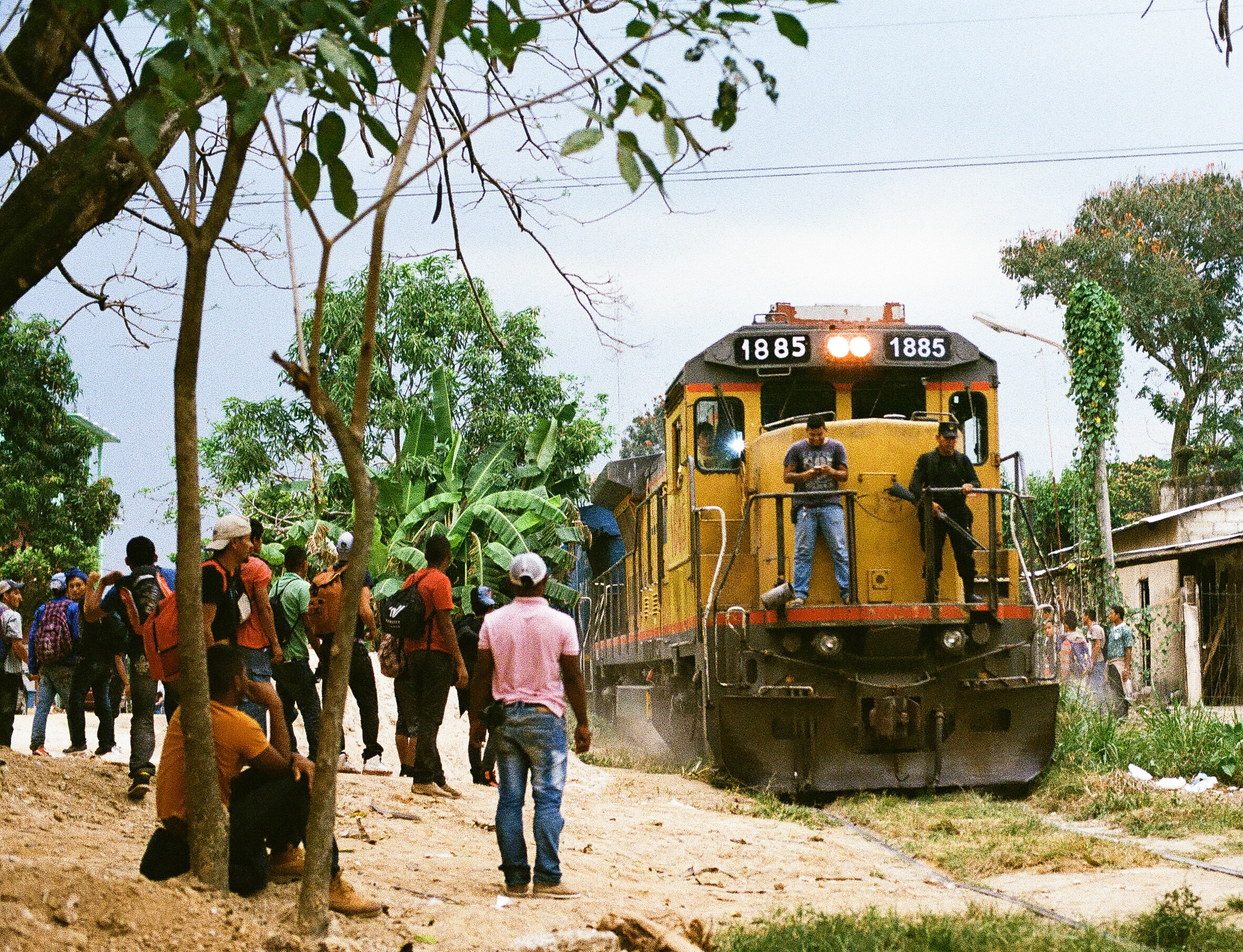Past Events
Interested in Cotsen events? Sign up for our mailing list.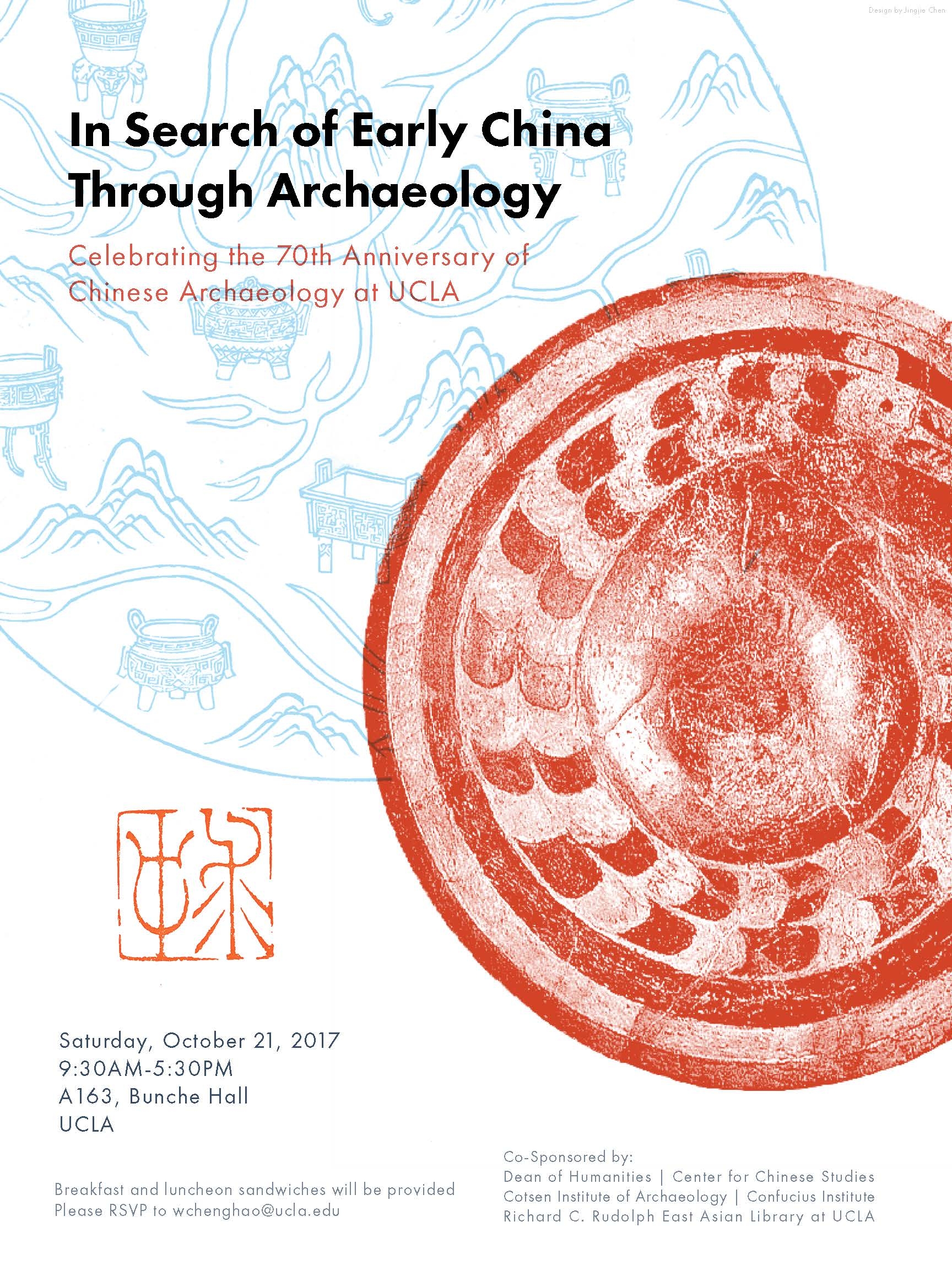
Contact Chenghao Wen
Email wchenghao@ucla.edu
Phone
Speaker: Dr. Christopher Witmore, Texas Tech University
This talk attempts to formulate a different theory of time. Whereas time is often honored with an astounding primacy by history and archaeology, actual things cannot be reduced to the aftereffects of time. Rather, the rapports, exchanges, and mergers between actual entities – Bronze-Age bridges and nineteenth-century cart roads, stonemasons and ashlar masonry, potters and ancient ceramic forms – are generative of time. In developing a different theory of time, one that stands as an alternative and complement to history, archaeology expands from sorting out the time of antiquity to working with the sorting that is the antiquity of time.
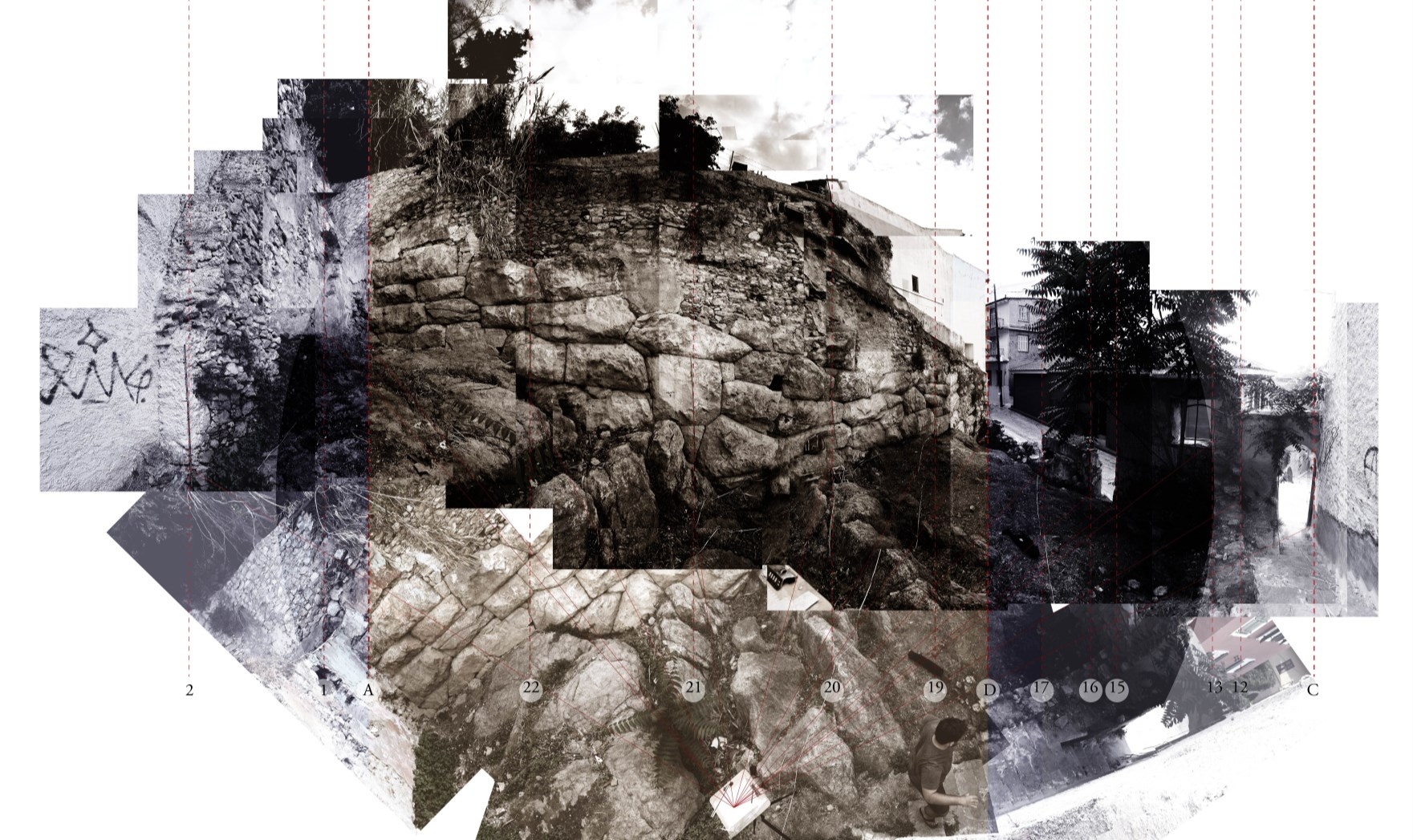
Contact Matthew Swanson
Email mswanson@ioa.ucla.edu
Phone
Since 2015 Jason De León has been involved in an analog photoethnographic project focused on documenting the daily lives of Honduran smugglers who profit from transporting undocumented migrants across Mexico. In this talk, he will discuss the relationship between transnational gangs and the human smuggling industry and outline the complicated role that photography plays as a field method and data source in this violent and ethically challenging ethnographic context.
Jason De León
Associate Professor of Anthropology,
University of Michigan
Director, Undocumented Migration Project
California NanoSystems Institute (CNSI)
Wednesday, October 18, 2017
5:00 p.m.
Reception to follow
Please RSVP to this event here.
This Public Lecture is co-sponsored by:
Professor and Director Willeke Wendrich, UCLA Cotsen Institute of Archaeology
The Mellon Foundation’s Urban Humanities Initiative at UCLA
Professor and Chair Jason Throop, UCLA Department of Anthropology
Professor Richard Lesure, Marilyn Beaudry-Corbett Endowed Chair in Mesoamerican Archaeology
Contact Tanja Hrast
Email tanja@ioa.ucla.edu
Phone
Speaker: Dr. Matthew Robb, Chief Curator, Fowler Museum, UCLA
In 1963, the chance discovery at the Teotihuacan compound known today as La Ventilla of a four-part composite sculpture marked with interlaced-scrolls more typically associated with sites like El Tajín firmly established connections between ancient Teotihuacan and its contemporaries on the Gulf Coast. The discovery of a smaller, intact object of similar form in 1987 in Tikal’s Mundo Perdido provided new evidence for Teotihuacan’s involvement with Tikal and the Maya. Other studies focused on similar objects appearing in the visual culture of Classic period Veracruz have identified them as stone versions of feathered banners, and drawn connections with the appearance at Teotihuacan of interlaced-scrolls on murals at other buildings at La Ventilla and early structures at the Edificios Superpuestos. This lecture will document the chronological and cultural discrepancies between framing an object as a marker of Teotihuacan influence at 4th century Tikal, but as a marker of 6th century Gulf Coast connections at Teotihuacan. It will explore the archaeological, aesthetic, and social contexts of these objects and suggest new avenues for their interpretation based on recent discoveries at the site.
Contact Matthew Swanson
Email mswanson@ioa.ucla.edu
Phone
Software Carpentry aims to help researchers get their work done in less time and with less pain by teaching them basic research computing skills. This hands-on workshop will cover basic concepts and tools, including program design, version control, data management, and task automation. Participants will be encouraged to help one another and to apply what they have learned to their own research problems.
For more information on what we teach and why, please see our paper "Best Practices for Scientific Computing".
Software Carpentry: R Workshop
Who: The course is aimed at graduate students and other researchers. You don't need to have any previous knowledge of the tools that will be presented at the workshop.
Where: Young Research Library. Get directions with OpenStreetMap or Google Maps.
When: Oct 16-17, 2017. Add to your Google Calendar.
Requirements: Participants must bring a laptop with a Mac, Linux, or Windows operating system (not a tablet, Chromebook, etc.) that they have administrative privileges on. They should have a few specific software packages installed (see here). They are also required to abide by Software Carpentry's Code of Conduct.
Accessibility: We are committed to making this workshop accessible to everybody. The workshop organisers have checked that:
- The room is wheelchair / scooter accessible.
- Accessible restrooms are available.
Materials will be provided in advance of the workshop and large-print handouts are available if needed by notifying the organizers in advance. If we can help making learning easier for you (e.g. sign-language interpreters, lactation facilities) please get in touch (using contact details below) and we will attempt to provide them.
Contact: Please email lib_archivehelp@em.ucla.edu for more information.
Contact Tim Dennis (UCLA Library)
Email lib_archivehelp@em.ucla.edu
Phone
Speaker: Dr. Norman Yoffee, University of Michigan
Old Assyrian texts from Mesopotamia, ca. 1950-1750 BCE, shed light on merchants and markets in Mesopotamia and the relationship between merchants and the Old Assyrian state. In this lecture, I review recent research on Old Assyrian trade and the implications for understanding trade in other times and places in the Ancient Near East and elsewhere. I also consider why there is a recent explosion of studies on trade by archaeologists and provide brief examples.
Contact Matthew Swanson
Email mswanson@ioa.ucla.edu
Phone
Speaker: Dr. Di Luo, Postdoctoral Fellow, Center for Global Asia, New York University Shanghai
Buddhist architecture in China since the 11th century has often featured miniature pagodas and pavilions in the interior. These downsized "buildings," appearing in ceiling domes and murals and sometimes functioning as altars, bookcases, and reliquaries, assumed the role of the "holy of holies" of the space. My study of these miniatures focuses on the scaling principles they adhered to, the woodworking tradition they epitomized, and the religious significance of the phenomenon of miniature-making. The downscaling procedure, I argue, was not a purely technological problem, but deeply rooted in the Buddhist view of the composition and formation of our world. This Buddhist ideal was best demonstrated by a hierarchical set of numerals found in miniature architecture. With the assistance of digital tools, we are able to expose and scrutinize the fascinating numerical relationships existed in Buddhist architecture.
Contact Matthew Swanson
Email mswanson@ioa.ucla.edu
Phone
Speaker: Debby Sneed, PhD Candidate, Cotsen Institute of Archaeology, UCLA
In this talk, Debby will use literary and archaeological evidence to argue that ancient Greeks not
only tolerated the birth of deformed and disabled infants, but also expressed optimism about their futures and actively attempted to accommodate their needs. Modern studies tend to resolve this issue quickly, relying heavily on references by Plutarch, Aristotle, and Plato. These authors’ statements about the fate of deformed infants, however, bear no easy or straightforward relationship with the reality of the ancient world. If we situate these authors and their works within their appropriate contexts, we recognize that their presentations of infant exposure and infanticide are prescriptive, not descriptive. By expanding our analysis to the Hippocratic physicians, as well as to other works within the Aristotelian corpus, we find a wide range of evaluations of infants born with congenital deformities. What is more, the production of feeding bottles from the Late Bronze Age through the Roman period also demonstrates active efforts to accommodate infants (and sometimes children and adults) who were premature, weak, ill, or presented severe orofacial deformities such as cleft palate. Finally, an argument from absence: bioarchaeologists have produced no positive proof for the killing of deformed infants from any population in Greece. Taken together, the evidence demonstrates that the exposure of deformed and disabled infants was far from the rule in ancient Greece
Contact Matthew Swanson
Email mswanson@ioa.ucla.edu
Phone
Speaker: Kristine Martirosyan-Olshansky, Ph.D. Candidate, Cotsen Institute of Archaeology, UCLA
This talk is a summary of field research conducted by Cotsen/UCLA doctoral student Kristine Martirosyan-Olshansky at Masis Blur, Armenia, over the course of three seasons from 2012-2014. Excavations at Masis Blur have unearthed Neolithic habitation layers (ca. 6200 – 5400 cal.BC) belonging to the Shulaveri-Shomutepe culture, with a rich material culture and several important new discoveries. Many questions have been raised concerning the origins and sudden appearance in the Southern Caucasus of sedentary communities having fully domesticated plants and animals. The abrupt abandonment of their settlements at the end of the Neolithic period is also still just as obscure. Certain cultural elements and fragments of imported pottery within otherwise Aceramic settlements attest to relations with societies in northern Mesopotamian area. This talk highlights findings from recent fieldwork at Masis Blur and discusses the new data within the framework of Neolithization processes in the Southern Caucasus.
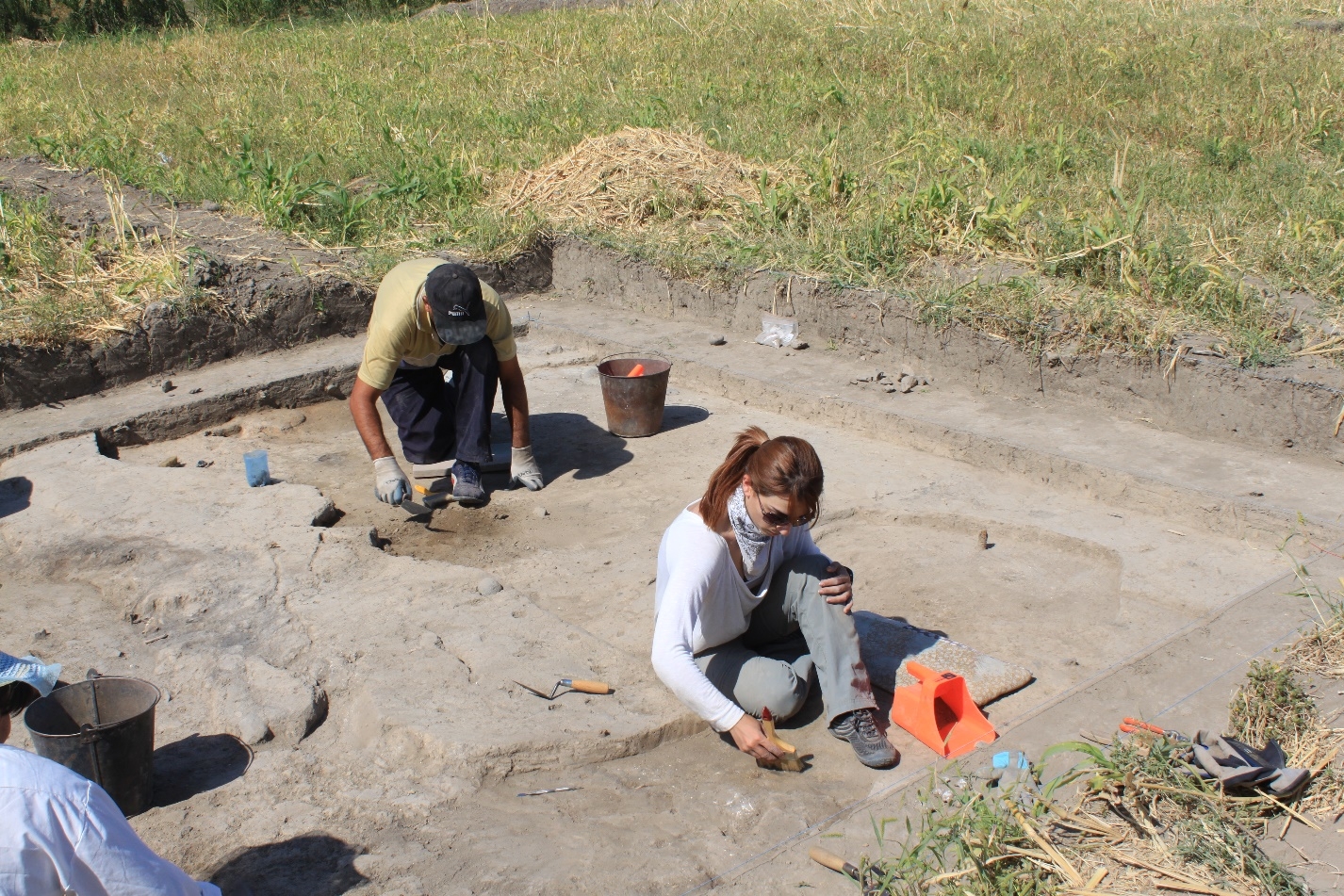
Contact Matthew Swanson
Email mswanson@ioa.ucla.edu
Phone
Speaker: Dr. Sonali Gupta-Agarwal, UCLA
Traditions are transmitted through teaching and learning. The manner in which knowledge relating to craft production gets transmitted can help us in understanding the causes behind cultural continuity and change. By using an anthropological approach to find teaching and learning patterns, I investigate the role of potters in
modern day pottery workshops of Egypt and India in the transmission of knowledge relating to pottery production. Employing video footage using a video annotation research tool, I discern subtle gestures and postures of potters engaged in the process of pottery production and statistically examine these to reveal patterns specific to each workshop. I transpose the method and understanding gained from the study of modern potters to the archaeological context in Karanis, Egypt. Teaching and learning of pottery making leaves recognizable markers on the vessel that can be traced metrically. My research suggests that one can trace ancient communities of practice, knowledge transfer and interpret continuity or change in material culture as part of an ongoing learning tradition.
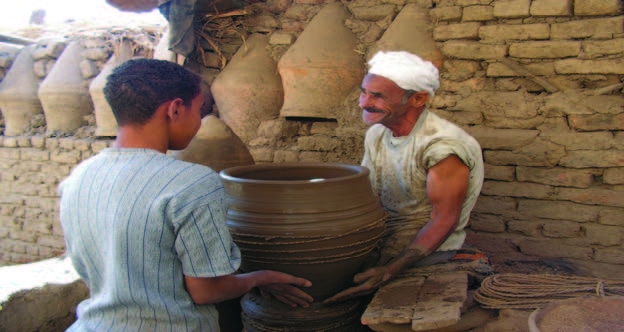
Contact Matthew Swanson
Email mswanson@ioa.ucla.edu
Phone
- ‹ previous
- 37 of 50
- next ›
